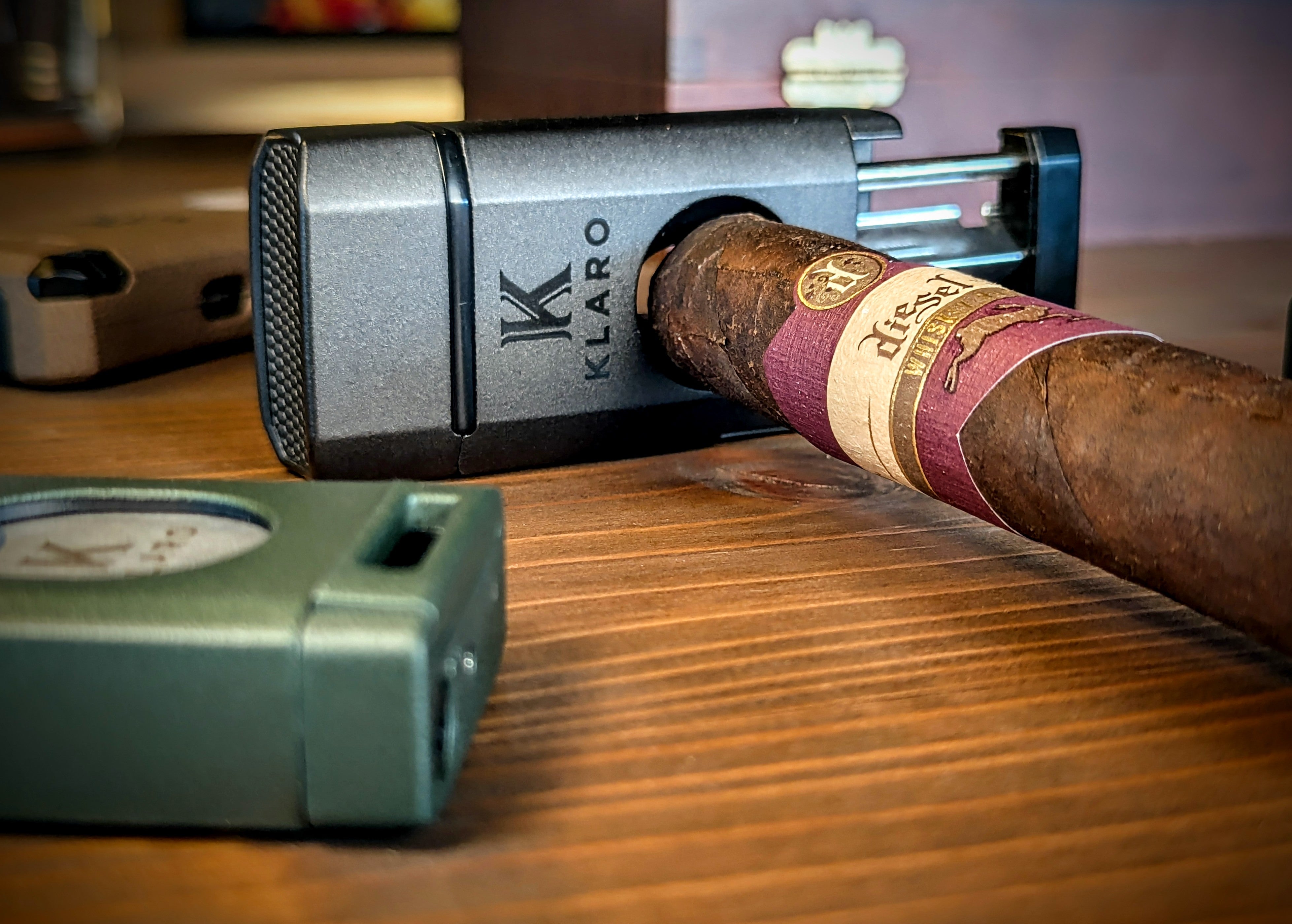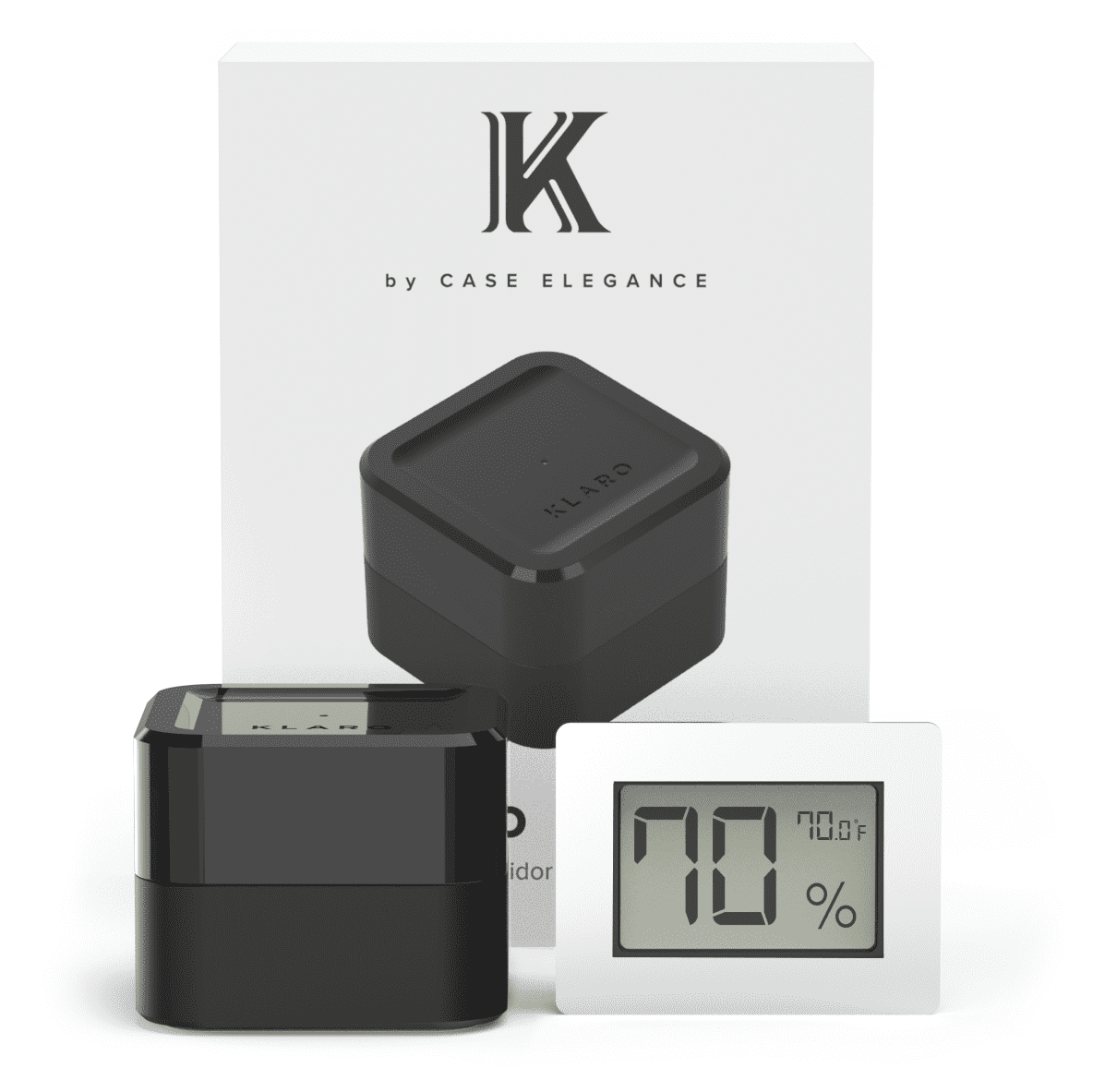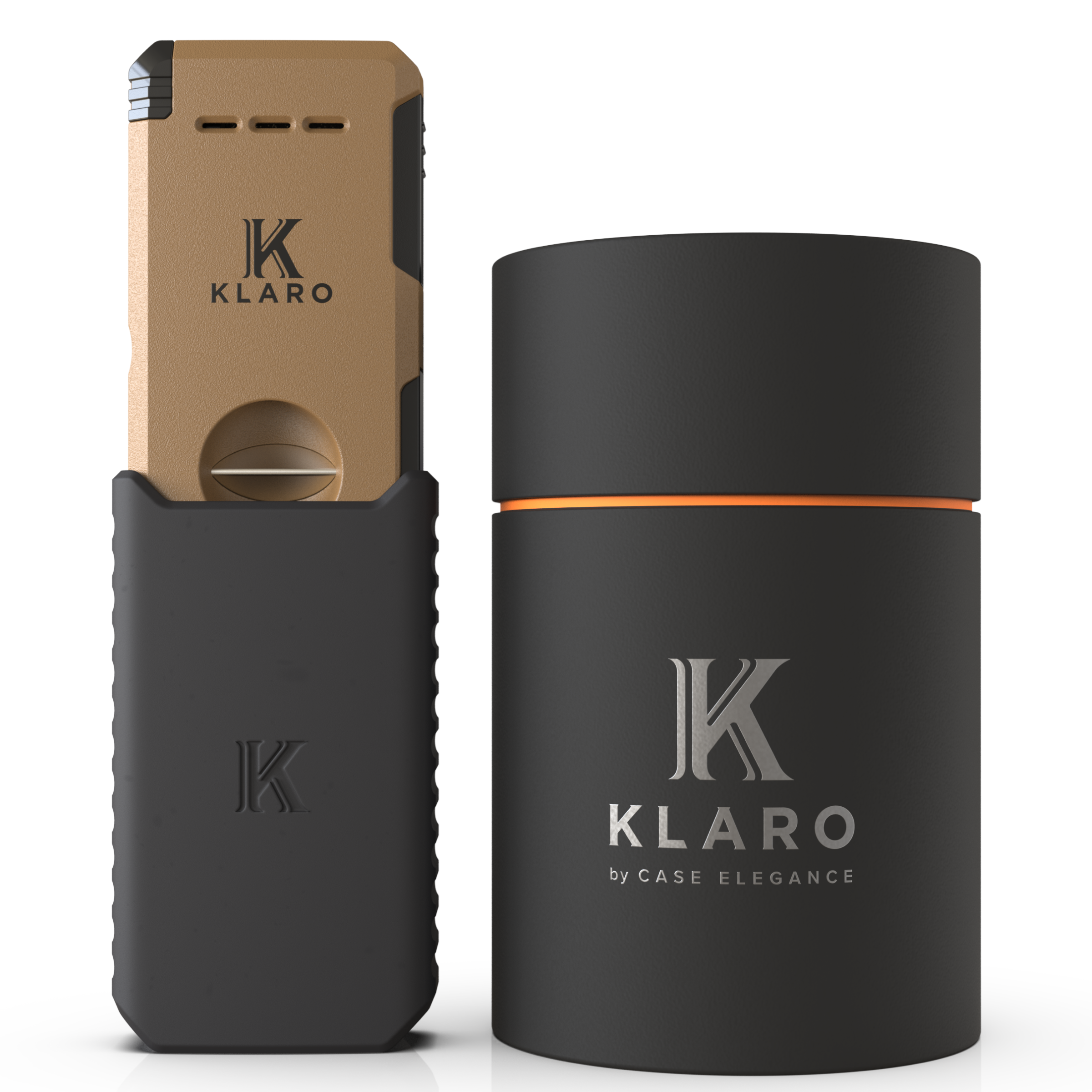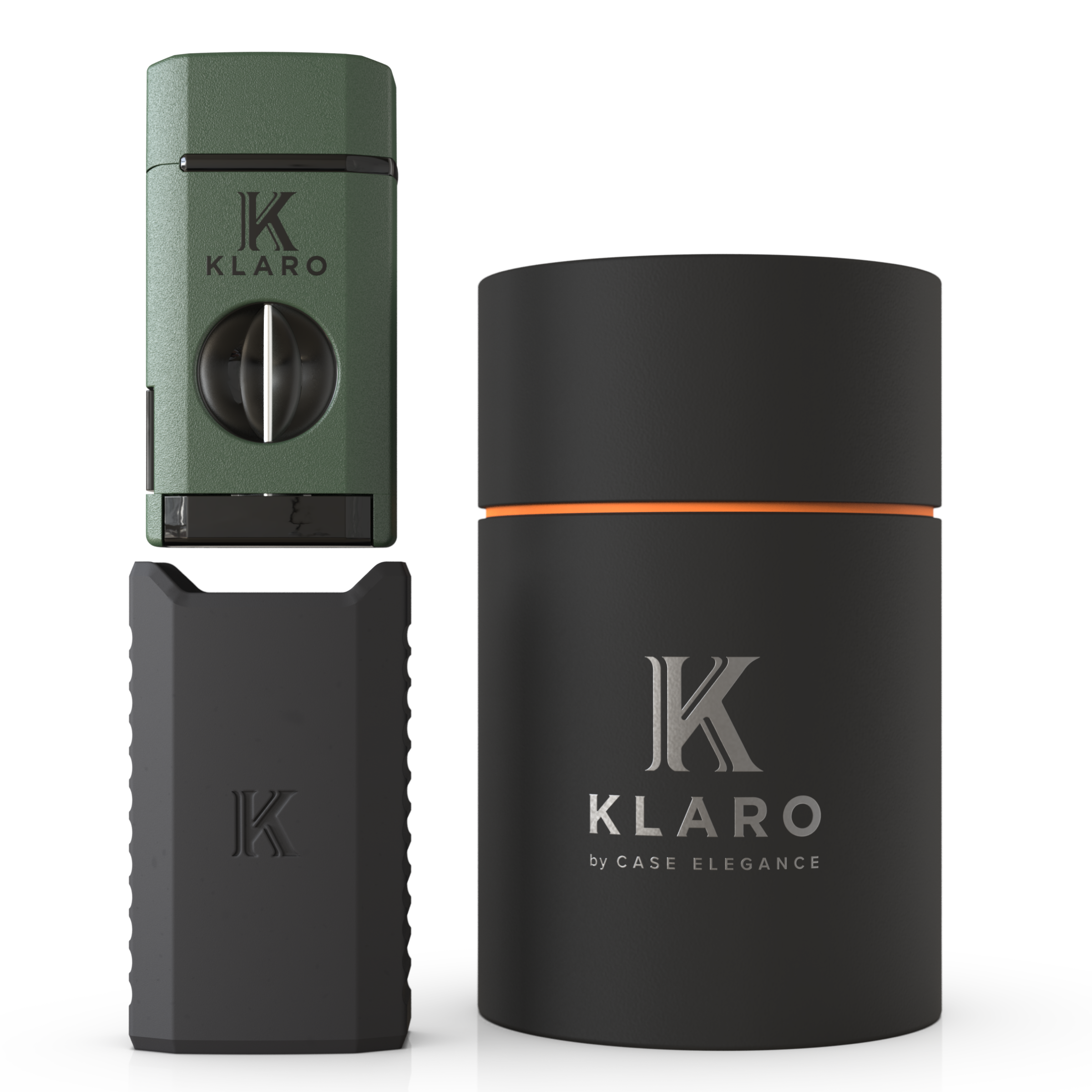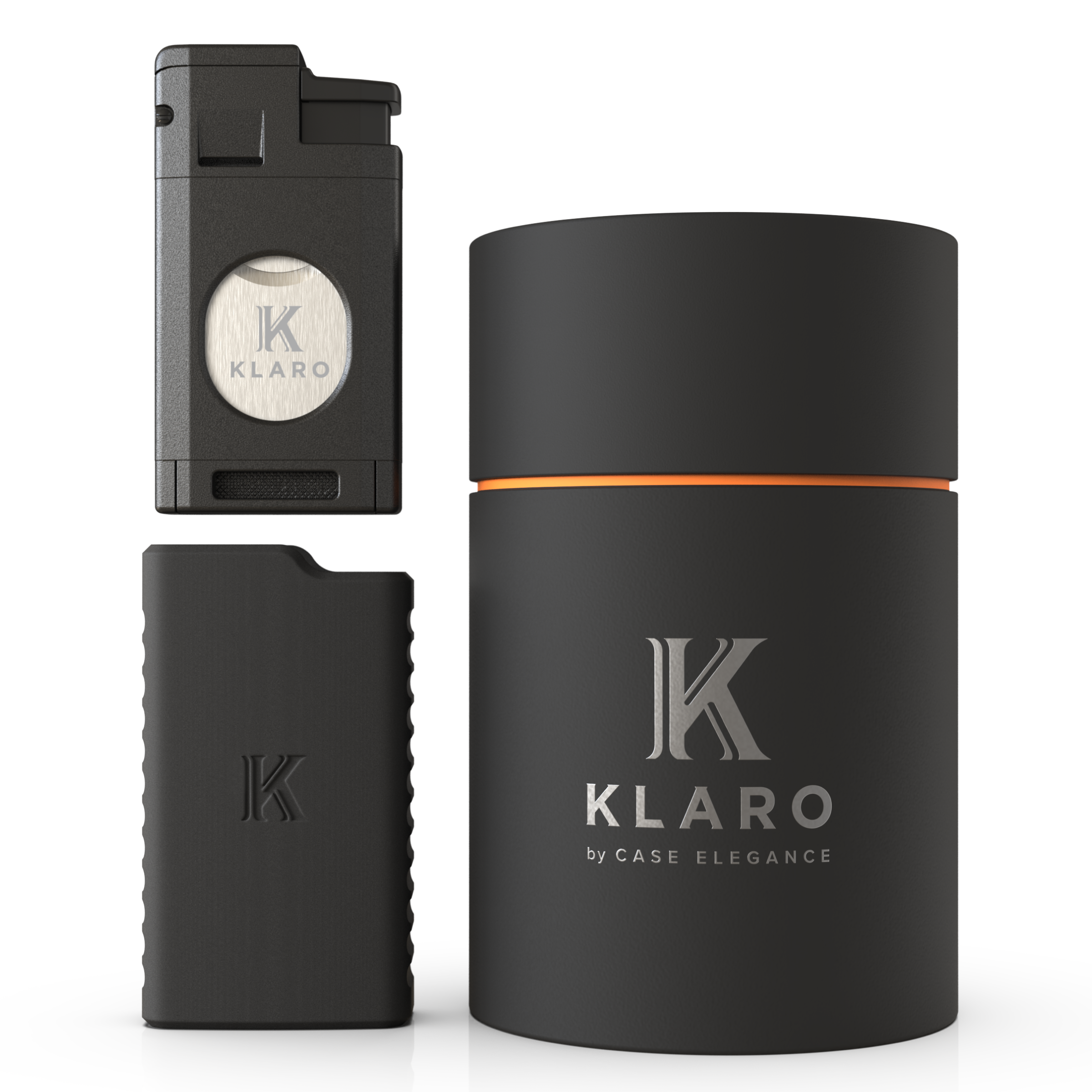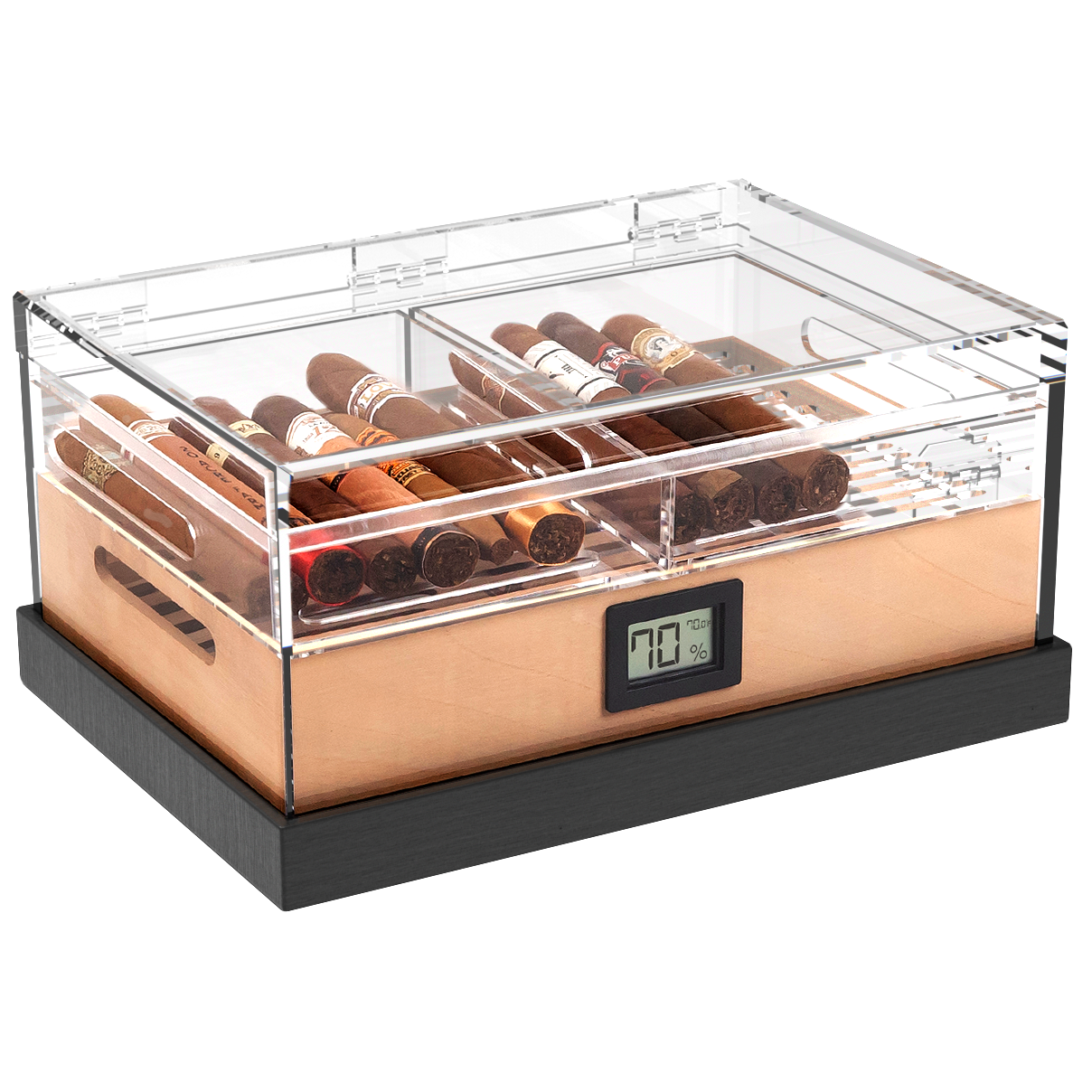Cigar appreciation doesn’t tend to be many aficionados’ only hobby. Some are quite handy and have a number of other activities they enjoy. When they’re able to blend those hobbies—all the better.
If you’re the type who likes to make things yourself, you may have it in your mind to make your own humidor—a place to store the cigars you’re collecting. Whether you’re a traditional woodworker or just enjoy a good challenge, there are several ways to make your own humidor. The most important thing is to make sure they all have certain qualities that make humidors the ideal storage environment for a cigar.
There are different ways to build your own humidor, and we’ll look at a few options below.
Why Make a Humidor?
First, why make your own humidor? Once you start to enjoy cigar smoking, the next logical step is to find a good place to store your cigars. Many people like to collect a wide variety to have on hand for special occasions or simply to try different kinds and find out what you like the most. Cigars need to be stored in optimal conditions, especially over long periods of time. If not, they can go bad in one way or another.
If stored in conditions that are too dry, the oils in the tobacco evaporate, causing them to lose that signature flavor that’s so sought after—plus, the dried out cigars can taste acrid and unenjoyable. If your humidor doesn’t breathe well enough and holds moisture too well, your cigars can grow moldy—and you may even end up with mold growing on the walls of your humidor as well. Extra humid conditions can also lead to infestations of tobacco beetles, which are devastating for a cigar collection.
Making your own humidor gives you a place to store your cigars in optimal conditions. Even better, there’s an opportunity to customize it to best fit your style and needs. Size, number of cigars held, color, and aesthetic are all available to you if you choose to make your own.
Of course, fair warning that building a humidor isn’t necessarily something for amateurs. If you’re not experienced at precise woodworking, your homemade humidor may not hold humidity as well as necessary. There’s no shame in just buying a humidor that best suits your needs.
The Qualities of a Good Humidor
If you’re set on building your own humidor instead of buying one, it’s important that it has the key qualities that make a humidor good at what it does.
First, a lining of Spanish Cedar is the best wood for humidors. If you’re building a humidor and don’t have Spanish Cedar as a liner, it’s a nonstarter. Actually more of a mahogany than a true cedar, Spanish Cedar has incredible absorption properties that make it perfect for humidifying cigars. When a humidor is properly seasoned, the lining will absorb a specific amount of moisture. Then, as the box breathes, it will release that moisture. What the cigars don’t absorb, the lining will reabsorb. This balance is what keeps cigars in pristine smoking condition.
Many humidors use only a veneer of Spanish Cedar. Better humidors have a thicker lining, allowing for more breathability.
Second, the humidor needs to be built to maintain a nice, tight seal. The entire purpose of a humidor is to maintain humidity inside. Without a good seal, the humidity is able to escape and there’s no way to create a consistent environment. Any cracks in the lining could also throw the humidity out of whack.
Next, it’s important to have an effective hydration system. You can build in a hygrometer—a device that reads humidity—into your homemade humidor, or simply set one inside to keep an eye on things. The ideal humidity is between 67 and 75 percent.
There are numerous ways to season a humidor. When you buy a Klaro humidor, it includes everything you need to season it and keep it maintained, and you can join the Klaro Membership to get all the materials for a year. When you’re maintaining a homemade humidor, there may be more trial and error associated with the process. It takes time to dial in the precise level of humidity and to determine just how much your humidor can handle. No matter what method you choose, don’t apply moisture directly to the lining. This can cause a lining to warp, which leads to more issues with maintaining humidity levels.
Anything after that is up to you. Drawers are a nice option to help hold all of your cigar accessories in one place, so you’re not constantly losing your cutter or lighter. If you’re feeling particularly advanced, a glass window on top of the humidor can give you a sneak peak into your stogies before you pick one.
The Easiest Way to Make a Humidor
If you’re just looking for a cheap alternative to a humidor, it’s easy to make one. A basic plastic food safe container with a two-way humidification system will do the trick—and that’s the easiest way to make your own humidor.
But if you’re looking for something that’s more of a statement piece—something that has a little bit of style—then there’s not going to be any particularly easy way out. There will, however, be several different ways you can approach it.
First, you can use pre-established materials. Find a wood box of some kind, whether for wine or anything else. It’s only got to be solidly built. Get enough Spanish Cedar to line it completely, a few nails and some wood glue (and clamps to hold things in place), hinges for the lid, and you’re well on your way to a humidor.
Otherwise, if you want a completely custom box, then you get to design it. All you need are these basic features: thick-walled sides and bottom, joints that fit tightly together, and high quality hinges for a lid that fits solidly and evenly. As we said, most good humidors are made of hardwoods and lined with Spanish Cedar, which allows you to give the outer part of your humidor any look you want.
If all this sounds like a lot of trouble—well, there’s no doubt that it is. It’s a serious undertaking and one that’s important for the sake of your cigars. Should you decide to call it a day and just buy a humidor, our Klaro humidors come in a variety of styles, sizes, and options.






